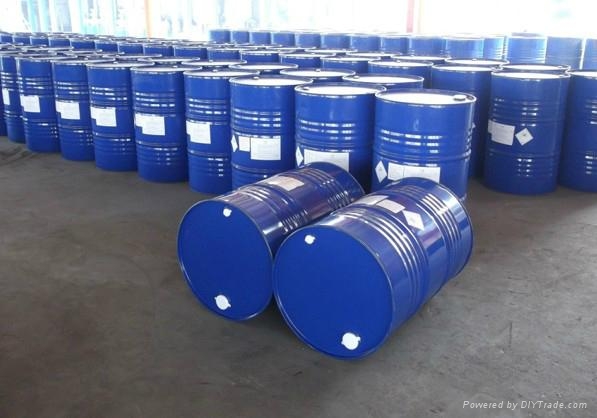
I recently read an article discussing how the Environmental Protection Agency will now allow asbestos-containing products to be manufactured and sold in the United States on “a case-by-case” basis, apparently reversing parts of the organization’s 1963 Clean Air Act and the 1989 Asbestos Ban and Phase-Out Rule.
While that’s good news for the mesothelioma attorneys you see every night on TV, it’s bad news for American workers, a number of whom will soon be tasked with mining and processing the dangerous material once known as “the magic mineral” for its heat, electrical and chemical resistance.
No one should be surprised. At the risk of sounding cynical—something my wife regularly accuses me of—corporate and political interests often supersede the safety of consumers and constituents alike. Consider the many chemicals and metals that machinists come into contact with every day. Perhaps it’s better now than when I made parts for a living, but I’d be surprised if there wasn’t a large percentage of shops that still have the “whatever it takes to get ’er done” attitude exacerbated by the shop owner’s “those smog hogs cost how much?” mentality.
Speaking from personal experience, did you know that trichloroethylene is a wonderful fluid for cutting molybdenum? In fact, unless someone has come up with an alternative over the past three decades, trichlor is about the only thing that works when machining the granitelike metal. Unfortunately, trichlor fumes will get you higher than a high school senior during recess. Trichlor is a known carcinogen.
That didn’t stop us from buying 5-gallon drums of it, though. We’d pour it into ketchup bottles and stand there squirting the stuff on the cutting tool, then spend the evening on the couch wondering where the awful headache came from. Trichlor sure smelled nice, though, and did a wonderful job cleaning your hands at the end of the shift. No one gave it much thought when the boss would run out to the shop every time the inspector from the Occupational Safety and Health Administration showed up at the door, hollering at us to “hide the trichlor—quick!”
Then there was beryllium copper. We machined thousands of investment castings made from alloy 172. Because the sulfur oil we used back then stained the metal, we had to run them dry. Beryllium disease was unheard of, and the shop foreman opined that all the coughing caused by inhaling the copper dust was a result of “that wacky tobaccy you guys have been smoking.” Later, we found a vegetable-based cutting fluid that did an admirable job, even though the owner complained about its high cost.
Similar stories can be told about 12L14 steel. Everyone loved the long tool life when machining leaded stock but never questioned what the fumes might be doing to their bodies. Zinc, magnesium, 360 brass, platinum, Delrin—same thing. I inhaled the dust and vapors from these and other materials for years and only now look back and wonder what it may have done to me.
If you’ve read my earlier blog posts, you know that I’ve lost friends and loved ones to cancer. All of them worked in the trades, and all died well before their time. Young people might be reading this right now and wondering about the duplicity of encouraging someone to pursue a machining career while talking about the safety problems associated with said jobs.
It’s important, however, to recognize that these and other health issues can be avoided with air filtration, good hygiene and common sense, three things that were in short supply in my day. Machining is no more dangerous than riding a bike or scuba diving, provided you use the proper equipment.
Is your shop safe?
Related Glossary Terms
- cutting fluid
cutting fluid
Liquid used to improve workpiece machinability, enhance tool life, flush out chips and machining debris, and cool the workpiece and tool. Three basic types are: straight oils; soluble oils, which emulsify in water; and synthetic fluids, which are water-based chemical solutions having no oil. See coolant; semisynthetic cutting fluid; soluble-oil cutting fluid; synthetic cutting fluid.

